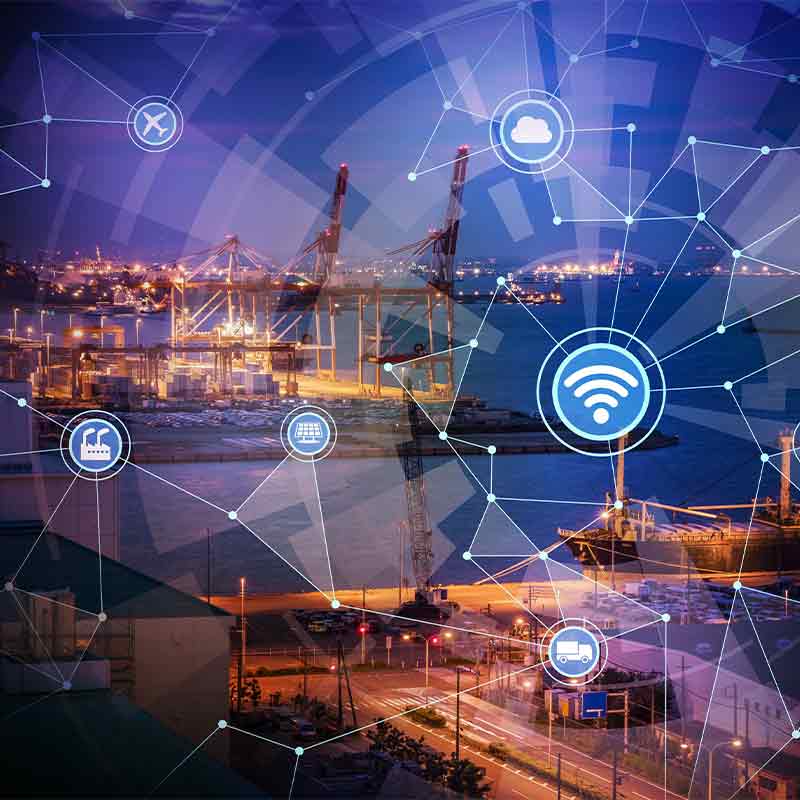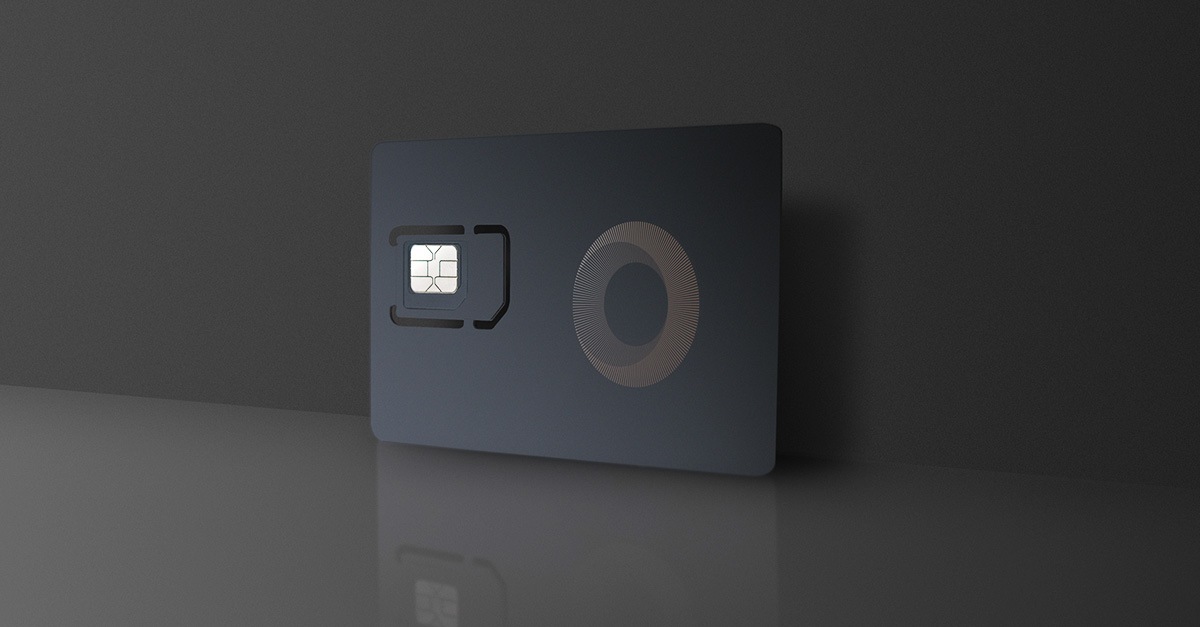IoT Connectivity Security Infrastructure and Connectivity for IoT Devices
IoT Cloud Connectivity Quick Overview of IoT Connectivity Types
The rise of 5G technology is revolutionizing numerous sectors, and the Internet of Things (IoT) is probably considered one of the most significantly impacted areas. This transformation is reshaping the greatest way units connect, talk, and function collectively in a community. As extra units turn out to be interconnected, the demand for speedy, dependable, and efficient connectivity escalates, which is the place 5G steps in.
Traditional cellular networks struggle with the large knowledge transfers required in an more and more connected world. With its low latency, greater bandwidth, and increased capacity, 5G networks are designed to overcome these limitations. The implications are vast, ranging from smart homes to smart cities, and even in industrial applications.

A critical function of 5G is its capacity to support a bigger number of gadgets concurrently. This capability comes at a time when tens of millions of sensors and gadgets are anticipated to connect with the internet. Enhanced connectivity fosters not only a better person expertise but also supports complicated functions that require real-time feedback and synchronization among multiple units.
In smart houses, 5G permits numerous appliances to function seamlessly together. Smart thermostats, safety techniques, and energy administration tools can communicate promptly, making living environments more energy-efficient and safe. Users profit from real-time updates about their residence environment, making certain they have full control, no matter where they're.
IoT Connectivity Solutions Simplifying Global IoT Connectivity with eSIM
Similarly, in healthcare, 5G is enabling telemedicine options to thrive. With quicker knowledge transmission charges, sufferers can engage in virtual consultations, while medical units like wearables can send crucial health information to healthcare suppliers in real-time. This reduces the need for in-person visits and permits for a extra proactive approach to healthcare administration.
Industrial IoT applications are also experiencing fast development due to 5G. Manufacturing and logistics sectors increasingly depend on linked machines and units that gather knowledge and provide insights. Predictive maintenance turns into a norm as units communicate potential points, permitting firms to act before small issues escalate into vital failures.
IoT Connectivity Policy Strategies and Challenges of IoT Connectivity
Additionally, the advent of smart cities is highly influenced by 5G expertise. Infrastructure such as visitors lights, waste management systems, and public transportation can function more effectively by way of higher connectivity. For example, real-time site visitors knowledge can be utilized to optimize site visitors move, lowering congestion and emissions.
Security is a paramount concern in the IoT panorama. As connectivity expands, so do the opportunities for cyber threats. 5G networks promise improved security features that protect the info integrity of connected devices, decreasing the vulnerability of private and commercial belongings.
As extra sectors adopt IoT expertise, the need for speedy and dependable communication becomes crucial. 5G offers options not only in latency discount but also in robustness. This resilience ensures that even in high-density environments, such as stadiums or urban centers, devices can constantly talk with out disruption.
Connectivity Management IoT Managed Platform for IoT Connectivity
Another noteworthy issue is the energy efficiency that 5G brings to related devices. With demands for greener know-how rising, the low power consumption related to 5G networks means IoT units can function longer on battery life, contributing to both value savings and sustainability. This is essential as more units try to function without frequent human intervention.
Through the various applications of 5G in IoT, a model new panorama is rising where know-how can predict, analyze, and reply to user needs with outstanding accuracy. The knowledge collected from interconnected units can lead to iot connectivity sim more informed decision-making, enhancing person experiences throughout personal and professional domains. As we transfer towards a more related future, embracing these improvements will be crucial.
IoT Connectivity Provider Ultimate Guide to IoT Connectivity

5G just isn't merely an improvement in connectivity; it represents a foundational shift in how know-how interplays with daily life. The integration of 5G in IoT is paving the method in which for advancements that may unlock new alternatives, improve efficiency, and foster a extra clever interplay between machines and humans.
In summary, the transformation driven by 5G technology in IoT connectivity is unparalleled. Its functionality to help a multitude of related gadgets while guaranteeing fast communication and elevated security reshapes industries. The benefits span varied domains including healthcare, manufacturing, and concrete improvement. As society progresses deeper into an interconnected actuality, the importance of 5G in enabling a wiser, more responsive world will turn into more evident.
The introduction of 5G has simply begun to scratch the floor of what’s possible for IoT. Future developments and applications will doubtless exceed present expectations, marking the daybreak of a new period in connectivity. Building on this momentum will be important, as companies and shoppers alike prepare to harness the transformative energy of 5G expertise.
- Enhanced information transmission speeds provided by 5G enable real-time communication for IoT gadgets, drastically reducing latency issues previously confronted by 4G networks.
- The elevated bandwidth of 5G helps a bigger variety of related units concurrently, permitting smart cities to operate seamlessly with hundreds of sensors and units.
- 5G’s capacity to utilize decrease frequencies helps penetrate buildings and urban structures higher, improving connectivity for IoT devices in difficult environments like factories or smart houses.
- Network slicing know-how in 5G provides customizable connectivity options, enabling particular IoT purposes to receive prioritized community assets according to their distinctive wants.
- Improved energy efficiency in 5G networks extends the battery life of IoT units, permitting for longer operational durations and lowered maintenance necessities for battery replacement.
- Advanced safety protocols built-in in 5G infrastructure improve the protection of knowledge transmitted between IoT gadgets, minimizing vulnerabilities in smart technologies.
- The low latency attribute of 5G transforms important applications corresponding to autonomous vehicles and distant surgical procedure, the place prompt information transfer and responsiveness are crucial.
- 5G facilitates edge computing, processing information closer to the place it is generated, which optimizes response instances and reduces reliance on centralized information facilities.
- The scalability provided by 5G enables industries to quickly evolve their IoT capabilities, accommodating new technologies and elevated data loads with out major overhauls.
- With 5G, extra sophisticated AI and machine studying algorithms could be deployed in IoT methods, permitting for predictive analytics and decision-making primarily based on real-time knowledge flows.undefinedWhat is 5G and how does it differ from earlier generations of cell networks?
Managed IoT Connectivity Platform Modern Solutions for IoT Connectivity

5G is the fifth era of cell community expertise, providing faster speeds, lower latency, and elevated capability compared to 4G and earlier networks. This allows a extra reliable connection for an enormous variety of gadgets, enhancing the performance of IoT purposes - IoT Global Connectivity.
How does 5G improve IoT system performance?

5G enhances IoT device efficiency via its excessive speed and low latency. This permits for real-time knowledge processing and communication, which is essential for functions like autonomous autos and smart cities, where fast decision-making is important.
What industries will profit probably the most from 5G IoT connectivity?
IoT Connectivity Market Smart Connectivity for IoT Services
Industries corresponding to healthcare, manufacturing, agriculture, and smart cities stand to gain significantly. For instance, 5G can help remote surgeries in healthcare or enable real-time monitoring and automation in manufacturing, resulting in increased effectivity Your Domain Name and safety.
Will 5G connectivity be extensively accessible for IoT devices?
While 5G infrastructure is being quickly deployed, complete world protection could take time. However, many urban areas are already seeing extensive 5G availability, making it increasingly accessible for IoT gadgets in those regions (IoT Satellite Connectivity).
Are there safety concerns with 5G IoT connectivity?
Managed IoT Connectivity Evaluating IoT Connectivity Technology Pros and Cons
Yes, 5G introduces new safety challenges, such as elevated attack surfaces and potential vulnerabilities in the linked gadgets and infrastructure. Adopting strong security protocols and standards might be important for shielding IoT networks from threats.
How does 5G influence the development of smart cities?
5G facilitates higher communication amongst interconnected devices in smart cities, enabling real-time knowledge sharing and analytics. This can lead to improved site visitors management, energy effectivity, and enhanced public safety by way of smart infrastructure.
IoT Connectivity Market Future of IoT Technology Connectivity
What function does edge computing play in 5G IoT connectivity?
Edge computing complements 5G by processing information closer to the place it is generated, lowering latency and bandwidth usage. This is particularly helpful for IoT functions that require quick data analysis, corresponding to autonomous driving and industrial automation.
Is 5G essential for the way forward for IoT?
While 4G can assist some IoT applications, 5G significantly expands capabilities, supporting more gadgets with larger efficiency and decrease latency. As IoT continues to develop, 5G will be more and more vital for unlocking its full potential.
IoT Connectivity Platform Connectivity for IoT Products
How can companies prepare for the transition to 5G for their IoT solutions?
(Industrial IoT Connectivity)
Businesses should assess their present IoT techniques and determine the compatibility with 5G technology. Investing in scalable, versatile options and collaborating with telecom suppliers might help ensure a clean transition and take full advantage of the benefits that 5G offers.